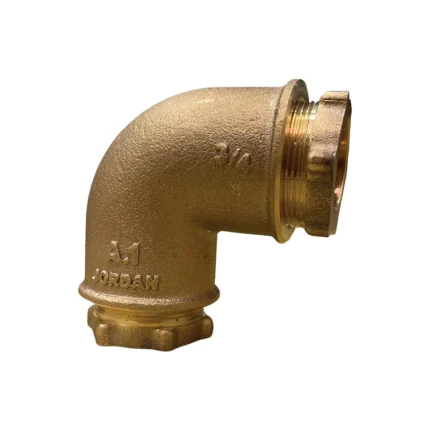
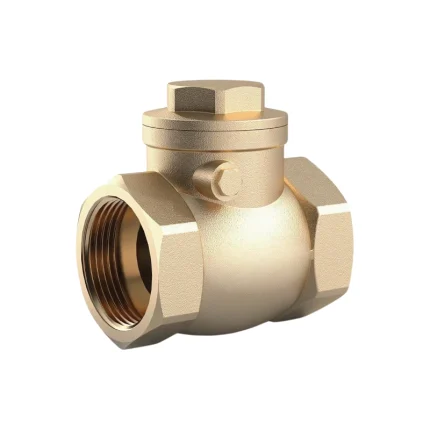
BRASS BALL VALVE
Brass Ball Valves are highly valued for their reliability, durability, and efficiency. These valves play a critical role in managing water flow in both residential and commercial water systems. Here are the key features and uses of brass ball valves in water networks.
DESIGN OF VALVE
Potable Water Valve Acc To EN 13828
Full Bore Ball Valve
Two Pieces Design
Lever Operated
Marking Acc To En19
Double Femal Threaded
Bs21 Or Iso 7/1 Threading
Temperature: 10
∘
C−50
∘
C
SIZE (F * F) :
1/2″”×1/2″” (15mm)
3/4″”×3/4″” (20mm)
1″”×1″” (25mm)
2″”×2″” (50mm)
MATERIAL :
Brass to EN 13828:1991 (Grade CW617N)
PRESSURE (EN 12266-1/2) :
Working Pressure : 16 BAR
Working Pressure : 25 BAR
Working Pressure : 30 BAR
USES
MAKING SERVICE CONNECTIONS TO MAINS PIPES
Water Flow Control: Brass ball valves are commonly used to control the flow of water within different sections of the water network, providing precise control over water distribution.
Isolation for Maintenance: These valves are often installed to isolate sections of the pipeline for maintenance or repairs without shutting down the entire water supply system.
Pressure Management: In high-pressure water systems, brass ball valves help regulate water pressure and prevent damage to pipelines or other infrastructure.
Water Distribution Points: They are used at key points in water distribution networks, allowing for easy regulation and direction of water flow to different areas or buildings.
Hot and Cold Water Systems: Brass ball valves are used in both hot and cold water applications, including domestic plumbing systems and industrial water heating systems.
Their robust design, ability to withstand harsh conditions, and ease of use make brass ball valves an essential component in the water distribution sector.
| Size |
½" × ½" (15mm) ,¾" × ¾" (20mm) ,1" x 1" (25mm) ,2" x 2" (50mm) |
|---|
You must be logged in to post a review.

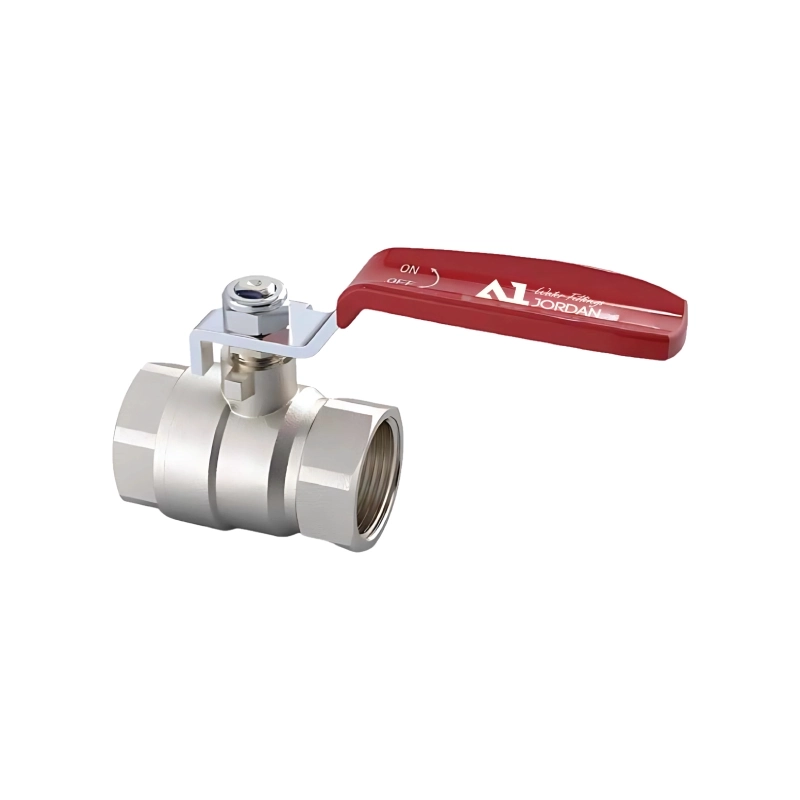
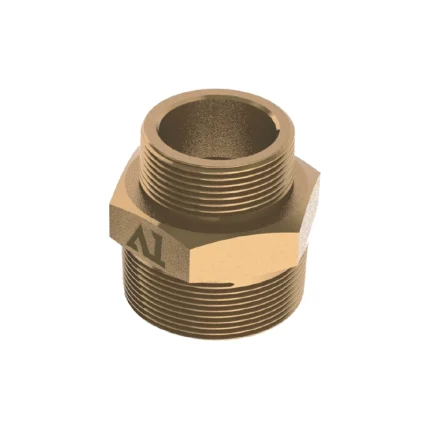
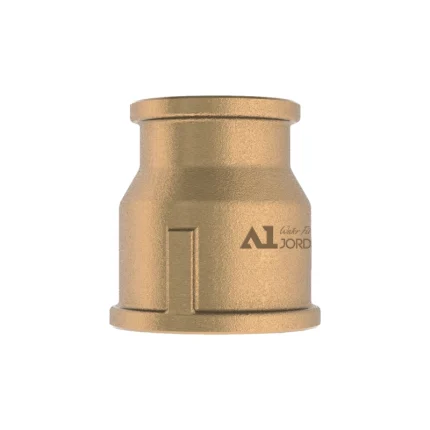
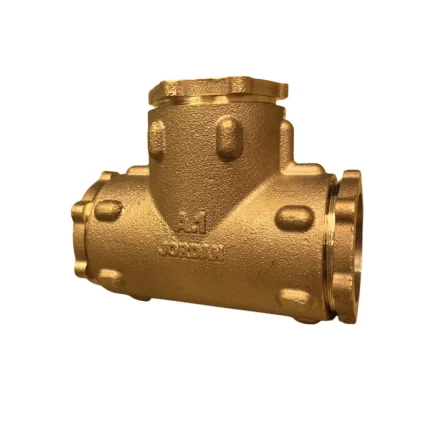
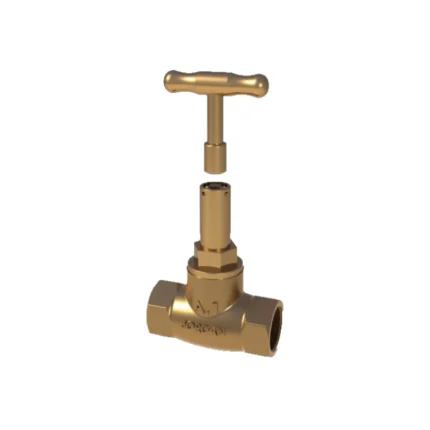
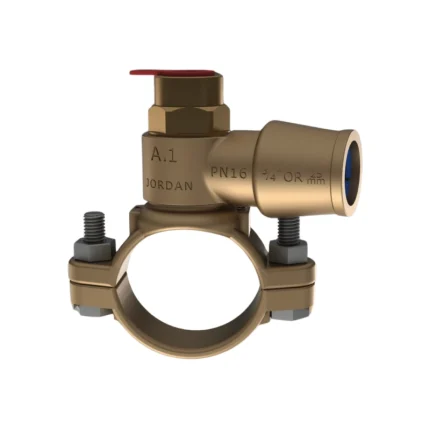
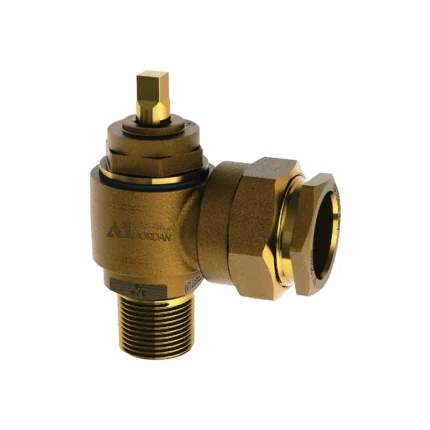
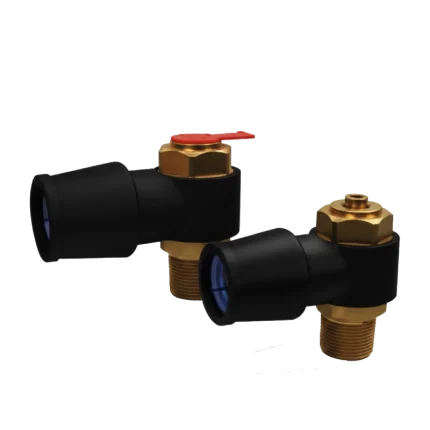
Reviews
There are no reviews yet.